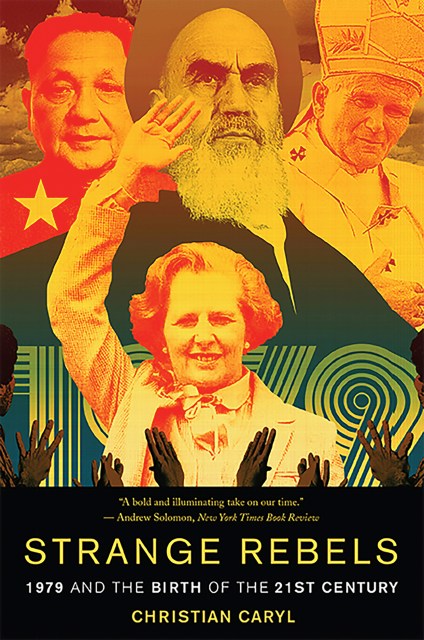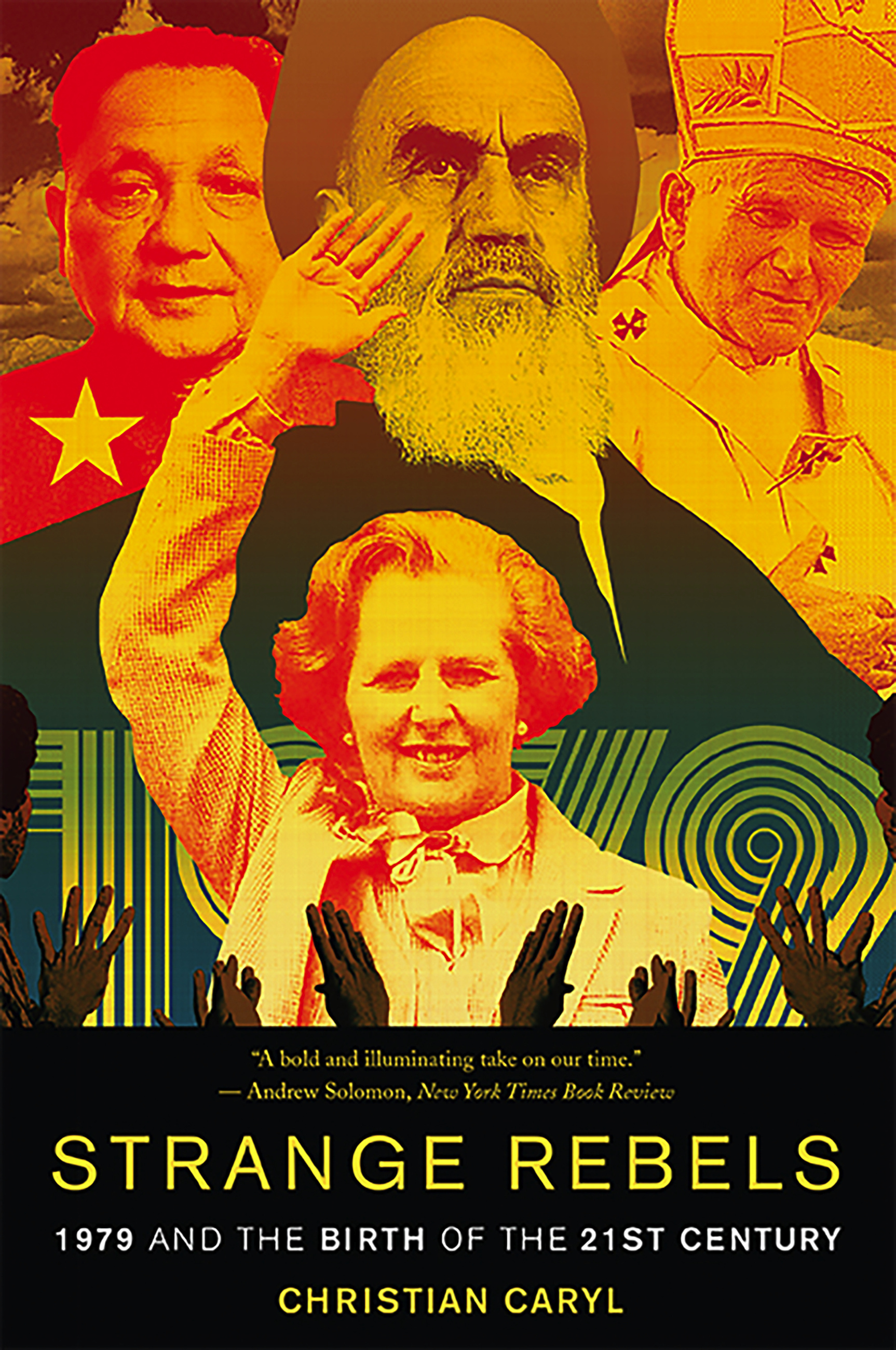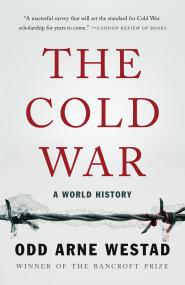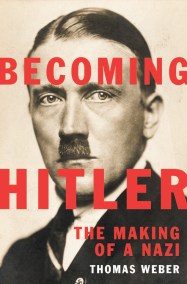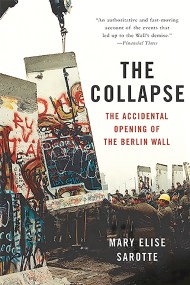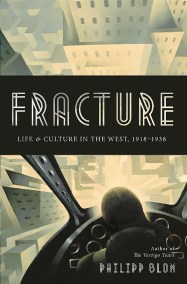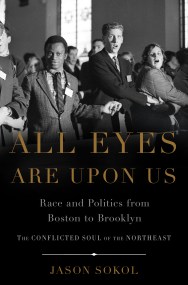Promotion
25% off sitewide. Make sure to order by 11:59am, 12/12 for holiday delivery! Code BEST25 automatically applied at checkout!
By clicking “Accept,” you agree to the use of cookies and similar technologies on your device as set forth in our Cookie Policy and our Privacy Policy. Please note that certain cookies are essential for this website to function properly and do not require user consent to be deployed.
Strange Rebels
1979 and the Birth of the 21st Century
Contributors
Formats and Prices
- On Sale
- Mar 11, 2014
- Page Count
- 432 pages
- Publisher
- Basic Books
- ISBN-13
- 9780465065677
Price
$18.99Price
$23.99 CADFormat
Format:
- Trade Paperback $18.99 $23.99 CAD
- ebook $12.99 $16.99 CAD
This item is a preorder. Your payment method will be charged immediately, and the product is expected to ship on or around March 11, 2014. This date is subject to change due to shipping delays beyond our control.
Buy from Other Retailers:
In Strange Rebels, veteran journalist Christian Caryl shows how the world we live in today — and the problems that plague it — began to take shape in this pivotal year. 1979, he explains, saw a series of counterrevolutions against the progressive consensus that had dominated the postwar era. The year’s epic upheavals embodied a startling conservative challenge to communist and socialist systems around the globe, fundamentally transforming politics and economics worldwide. In China, 1979 marked the start of sweeping market-oriented reforms that have made the country the economic powerhouse it is today. 1979 was also the year that Pope John Paul II traveled to Poland, confronting communism in Eastern Europe by reigniting its people’s suppressed Catholic faith. In Iran, meanwhile, an Islamic Revolution transformed the nation into a theocracy almost overnight, overthrowing the Shah’s modernizing monarchy. Further west, Margaret Thatcher became prime minister of Britain, returning it to a purer form of free-market capitalism and opening the way for Ronald Reagan to do the same in the US. And in Afghanistan, a Soviet invasion fueled an Islamic holy war with global consequences; the Afghan mujahedin presaged the rise of al-Qaeda and served as a key factor — along with John Paul’s journey to Poland — in the fall of communism.
Weaving the story of each of these counterrevolutions into a brisk, gripping narrative, Strange Rebels is a groundbreaking account of how these far-flung events and disparate actors and movements gave birth to our modern age.
Genre:
Newsletter Signup
By clicking ‘Sign Up,’ I acknowledge that I have read and agree to Hachette Book Group’s Privacy Policy and Terms of Use
